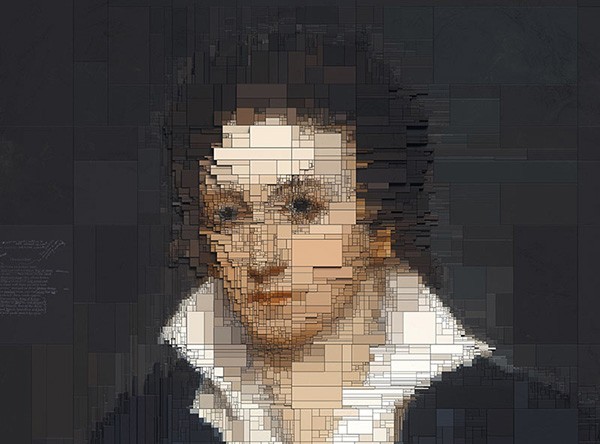The latest version of the Cardano (ADA) protocol, version 1.6, will bring with a new version of the Daudalus wallet with updated UI features making it easier to use and more attractive.
The update, due imminently, was previewed in a tweet by Charles Hoskinson, the current CEO of Cardano-centric developer IOHK, and a founder of the platform (as well as a co-founder of Ethereum). It centres around changes to the full-node Daedalus wallet necessary to hold and use Cardano outside of an exchange, and largely focuses on making the user experience more attractive and easier.
Minor bugfixes have also been applied to the Cardano settlements layer, as well as some improvements to help cryptocurrency exchanges.
We are shipping the 1.6 Cardano update over the next few days. Send me some screenshots of the new Daedalus and let me know if you like it. A lot of great work went into this release and I'm extremely proud of the team
— Charles Hoskinson (@IOHK_Charles) August 13, 2019
Zooming in on Daedalus, a newly realised loading screen will display while the wallet is synchronising with the Cardano blockchain.
It provides a set of five status icons, making it easy to the see what stage the process is at, while a code-driven animation of the Daedalus ‘bull’ logo will signify download activity.
The new Daedalus also provides a menu of ‘Help’ options, including portals for feature and support requests, as well as Diagnostic Logs. The new UI also offers a three new themes, making a total of six, and unifies the look and feel somewhat across various modes of operation.
This, albeit relatively minor, update is part of an ongoing iteration process for Cardano that is based on academic principles, and peer-reviewed principles and code.
These principles were established by Hoskinson as the foundation of Cardano, after disagreements over governance and working methods ostracised him from the then-embryonic Ethereum project back in 2014.
He has since criticised the “Lone Samurai viewpoint” he attributes to the nominal leaders of other blockchain projects, and appears to have pushed as collaborative a culture as possible behind the scenes of Cardano as IOHK and other collaborators have sought to develop the open source blockchain project, its Proof of Stake algorithm, Ourobouros, and its programming language, Haskell.
Earlier this year, Hoskinson told Fortune that he didn’t believe in the idea that “one brilliant founder, whether it be Dan [Larimer, of EOS] or Vitalik [Buterin, Ethereum] will lead a small group of crack engineers to somehow innovate and solve a big problem.”
“Nothing gets done that way,” he opined.
In mid-July, Hoskinson offered a brief but informative update on the progress of larger changes due to come to Cardano before 2020, as it continues to drag itself from the pages of various academic papers and into the real world.
The timeline for its progress is denoted in five stages, the first two after the poets Byron (Foundation) and Shelley (Decentralization); the third after computer scientist Josef Goguen (Smart Contracts); the fourth after Japanese poet Matsuo Basho (Scaling); and the last after the French writer/philosopher Voltaire (Governance). These will, we’re told, be rolled out not sequentially, but via concurrent development.
Currently, Cardano is operating Testnets for the Byron and Shelley phases.
Haskell is now beginning to be rolled out into the Shelley testnet, and work is ongoing to fine-tune the Ourobouros Proof of Stake system and its rewards.
Much more progress is due in the next few months, with the Shelley stage due to be completed by end of 2019. Indeed, Hoskinson has promised to “eat his own shoe”, if Cardano is not operating in a decentralized manner by that point.









